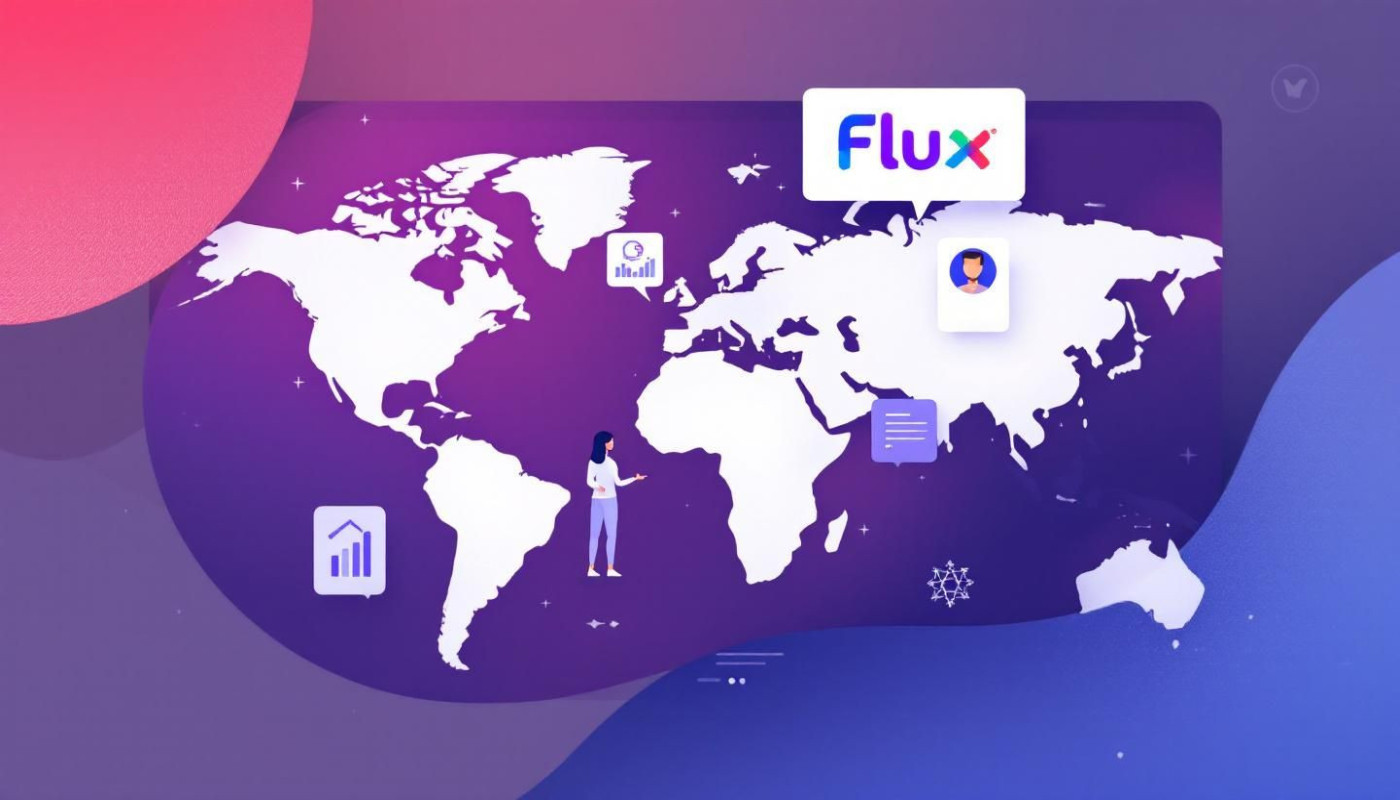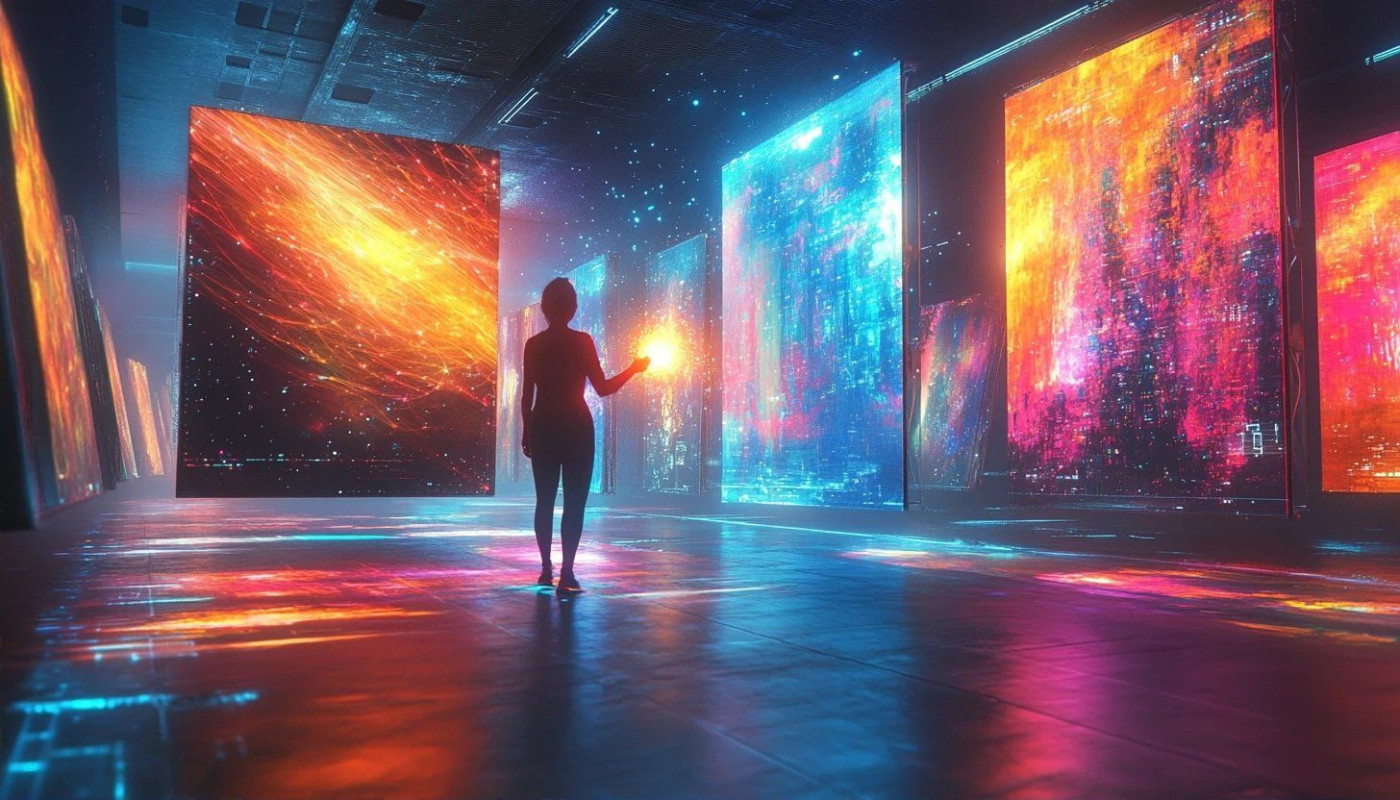Table of contents
In an era where technology dominates every sphere of life, the graphic design industry is also witnessing a major transformation. The integration of Artificial Intelligence (AI) in the graphic design process is not only enhancing creativity but also revolutionizing the way designers work. AI, with its smart algorithms and machine learning capabilities, is changing the traditional rules of graphic design, thereby paving the way for new possibilities and opportunities. As you read further, you will unravel how AI is contributing to the graphic design industry by automating routine tasks, predicting user preferences, fostering personalized designs, and much more.
Understanding the Intersection of AI and Graphic Design
The concept of AI, or Artificial Intelligence, represents a significant technological leap that has permeated numerous industries, including graphic design. The potential of this technology is gradually revolutionizing this creative field, aptly demonstrated through the rise of AI in graphic design. The integration of AI in this realm essentially implies the use of machine learning and automation in design processes.
Artificial Intelligence works through neural networks and deep learning systems, mirroring the human brain's capacity for problem-solving and creative thinking. These technological advancements have sprouted new capabilities like design algorithms, which are now driving the aesthetic choices in graphic design. These algorithmic design techniques help to automate and streamline the design process, allowing for innovative and efficient design solutions.
Ultimately, the use of AI in graphic design is not merely about replacing human creativity with machines but enhancing it. The blend of human imagination with the precision and efficiency of AI renders endless possibilities for the future of the graphic design industry.
The Role of AI in Streamlining Design Process
Artificial Intelligence (AI) tools are revolutionizing the landscape of graphic design, offering an efficient way of streamlining design processes. By taking over repetitive and manual tasks, AI is enabling designers to devote their energies to the more creative aspects of design, thereby enhancing the overall quality of their work. This allows for a more focused and creative design process.
Predictive modeling, a vital aspect of AI, plays a significant part in this process. Designers can use predictive models to foresee and plan design outcomes, thereby reducing the trial and error process, and making rapid prototyping possible. This not only saves valuable time but also significantly cuts down costs.
Moreover, the advent of AI tools has paved the way for faster design iterations. Designers can now make real-time modifications and view their effects instantly, which was not possible with traditional methods. Consequently, this results in enhanced productivity, superior designs, and a quicker turnaround time. All of these factors contribute to the increasing reliance on AI tools within the graphic design industry.
AI and Personalized Designs: A New Dawn
Artificial Intelligence (AI) is rapidly transforming the realm of graphic design, enabling the inception of personalized designs that cater to individual user needs. Through sophisticated data analysis, AI can dissect vast amounts of information, including a user's browsing history, interactions, and frequently visited platforms. This user behavior analysis provides valuable insights into the user's preferences and behavior patterns. Moreover, AI algorithms play a pivotal role in this process, creating designs that are tailored to resonate with the user's unique tastes.
The outcome of this approach is strikingly user-centric designs that significantly enhance the user experience (UX). By tuning into each user's unique behavioural signals, AI allows designers to move away from one-size-fits-all designs and towards more personalized, engaging interfaces. The advent of AI in graphic design is indeed marking a new era where personalization and user-centricity are at the forefront.
AI's Contribution to the Evolution of Design Aesthetics
The advent of Artificial Intelligence (AI) has become a game-changer in numerous industries, including the realm of graphic design. One aspect that stands out is AI's influence on the evolution of design aesthetics. Through the use of highly sophisticated AI tools, it is now feasible to predict and create aesthetic designs with a level of precision and beauty previously unattainable. This is primarily due to AI's ability to analyze vast quantities of data and discern patterns that can inspire visually appealing designs.
One key term that encapsulates this notion is 'generative design'. In essence, generative design is a process that utilizes AI to simulate countless design options, leading to unique and compelling visual content. This revolutionary technology takes into account various design parameters and constraints and produces a multitude of solutions, offering designers an array of choices.
Incorporating AI in aesthetics and design evolution not only enhances visual appeal but also streamlines the design process, making it more efficient and less labor-intensive. AI-based design generation has now become an integral part of the design industry, marking a significant leap in the way aesthetics are conceptualized and executed. It stands as testament to the fact that the blend of creativity and advanced technology can lead to truly remarkable outcomes.
Facing the Challenges: AI in Graphic Design
The integration of AI into the realm of graphic design brings with it a unique set of challenges. One of the main concerns is the potential impact on creativity. The fear lies in the question of whether AI, despite its vast capabilities, can truly replicate the human imagination and unique creative thought. Will the ingenuity of graphic designers be overshadowed by machine learning algorithms? This sparks a significant debate on AI and creativity.
In addition to creativity, job security is another major concern. As AI tools become increasingly sophisticated, the apprehension surrounding the replacement of human designers with AI software is palpable. The complexity of AI also introduces a steep learning curve for those in the industry. Mastering AI tools requires a considerable investment of time and resources, raising questions about accessibility and inclusivity within the profession.















